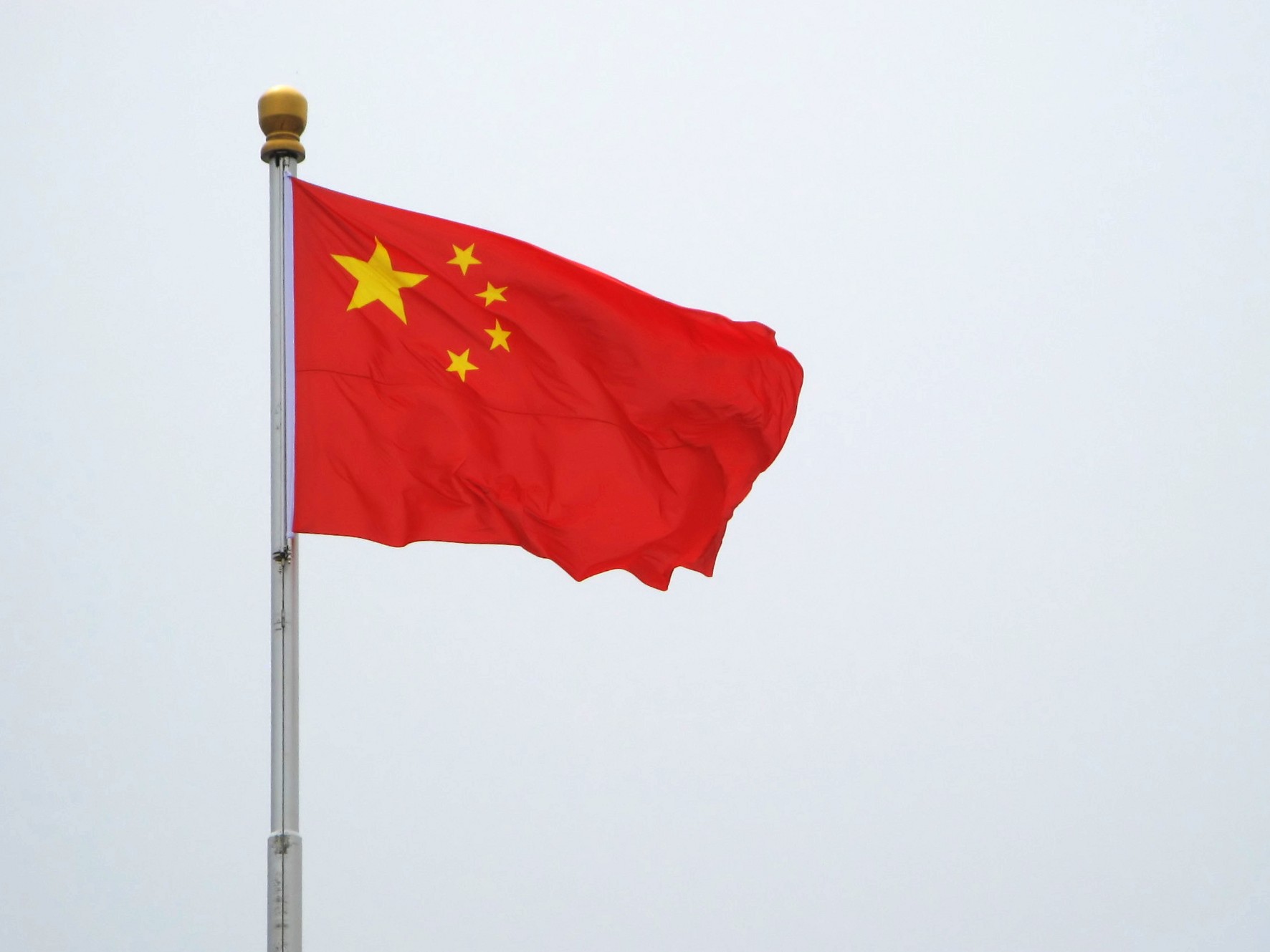China Could Quadruple Gas Imports By 2030

China has become the usual suspect when it comes to commodity prices. Whether it’s crude oil or copper, LNG or gold, China is almost invariably the first place everyone looks for an explanation as to why prices are up or down. Now Asia’s largest economy is on its way to swing the international gas market, and swing it big.
According to CNPC, the state-owned oil and gas giant, natural gas imports could jump to as much as 270 billion cubic meters annually by 2030. To put this in perspective, gas imports in 2015 totaled 53 billion cubic meters, with total consumption that year reaching 200 billion cubic meters.
The increase will come largely thanks to a general shift toward cleaner energy sources as China seeks to clean up its image as one of the biggest polluters in the world. The shift is also part of a government strategy to move away from heavy industry to services as a growth driver.
The news, though just an estimate, as noted by CNPC’s head of the International Department Li Yueqiang, could be the best news for the global gas industry in a while. With a saturated market and prices at multi-year lows, things recently have been as gloomy for the gas business as it has been for oil. A fourfold rise in imports in 14 years is not a chance to be missed by gas producers. But then again, not every prospective exporter to China is equal.
Gazprom is perhaps best placed for the moment. The Russian company is already working, in partnership with CNPC, on the Power of Siberia pipeline that will have an annual capacity of 38 billion cubic meters of natural gas. Naturally, Gazprom is working to make sure there is demand for this gas, with its latest move in this respect a memorandum of understanding with CNPC for the construction of gas-fired power plants.
Russia as a whole is also better placed than potential competitors for the moment. Last year, CNPC’s deputy director-general told media that China could import as much as 100 billion cubic meters of natural gas annually by 2020. The figure includes both pipeline gas and LNG.
LNG is where Russian suppliers may face stiff competition from major producers such as Australia. The Asian LNG market is depressed due to oversupply, but with China undertaking to cut harmful emissions by, among other measures, increasing the share of gas in its energy mix to 60 percent, things are set to change.
There is also another factor that could neutralize the significance of CNPC’s estimates, and that’s local production. China has huge shale gas resources, and local energy majors are paying growing attention to the development of these resources. Sinopec, for one, plans to increase its local gas production twofold by 2020.
It doesn’t become clear from the CNPC estimate whether this looming increase in local production has been fully factored into the calculation of the import figures, and it could make a huge difference. In any case, one thing is certain: China will become a major market swinger when it comes to natural gas.
Related News
Related News

- Trump Aims to Revive 1,200-Mile Keystone XL Pipeline Despite Major Challenges
- ONEOK Agrees to Sell Interstate Gas Pipelines to DT Midstream for $1.2 Billion
- Energy Transfer Reaches FID on $2.7 Billion, 2.2 Bcf/d Permian Pipeline
- Boardwalk Approves 110-Mile, 1.16 Bcf/d Mississippi Kosci Junction Pipeline Project
- Kinder Morgan Approves $1.4 Billion Mississippi Crossing Project to Boost Southeast Gas Supply
- Tullow Oil on Track to Deliver $600 Million Free Cash Flow Over Next 2 Years
- GOP Lawmakers Slam New York for Blocking $500 Million Pipeline Project
- Energy Transfer Reaches FID on $2.7 Billion, 2.2 Bcf/d Permian Pipeline
- Enbridge Should Rethink Old, Troubled Line 5 Pipeline, IEEFA Says
- Caspian Pipeline Consortium Lowers 2024 Oil Export Forecast Again




Comments